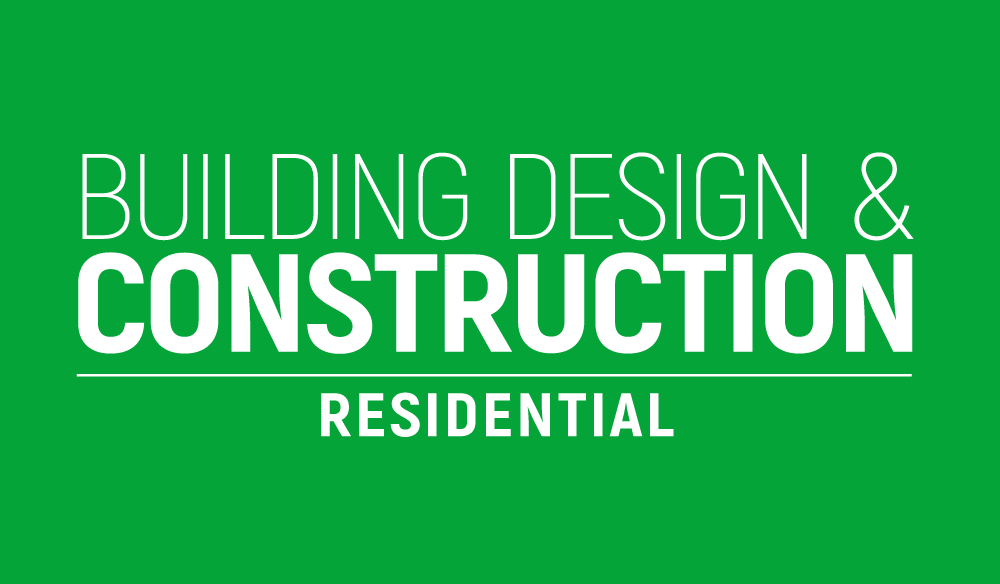Consumers are paying the price for residential developers’ historic lack of investment in digital connectivity, according to new research from real estate connectivity certifications provider WiredScore and the HomeOwners Alliance. 85% of British renters and homeowners still face connectivity issues and failing services, forcing them to use an additional 2.5GB of extra mobile data each month to compensate for their poor WiFi – this additional cost totals £2.2bn across the nation.
Despite consumers paying an average of £312 for their home internet service, this additional cost is being incurred by users trying to overcome regular connectivity issues and failing services – typically totalling 20 service breakdowns per month. It’s perhaps no surprise that over a quarter of British homeowners and renters (28%) would not have moved into their property if they’d known about the connectivity issues they face.
However, the new report launching today ‘Poor Foundations: the state of UK residential connectivity’ has revealed that the residential developers are now waking up to the dire state of the UK’s connectivity infrastructure and the potential gains of delivering higher-quality service.
The research has been commissioned as part of the launch of WiredScore Home, the latest certification from global digital connectivity rating company WiredScore that focuses on residential property. WiredScore Home builds on the immense success ofthe commercial real estate certification, which has certified more than 500 million sq. ft. across six countries impacting six million office workers since its launch in 2013.
Better designed buildings
The certification will support developers looking to improve the design of the connectivity services for new buildings to prevent the need for expensive retrofits. It will also introduce critical transparency to the residential market, enabling landlords and sellers to demonstrate the higher quality service in their buildings.
There are clear commercial benefits of good digital connectivity services:
- Two-thirds (61%) of residential developers report they can rent their properties at a higher price and/or with a greater yield
- Two-fifths (40%) see an increased demand for their properties
- More than half (56%) report they can rent their properties for longer, due to the improved in-home experience
- Nearly half (47%) stated that it enabled them to sell their properties for a greater price
Sixty per cent of developers have already improved their current planning applications in line with the new National Planning Policy Framework, to support next-generation cellular coverage (5G) and full fibre connections, with a further 29% resolved to improve future applications.
Full fibre connections are now a greater priority, with three-quarters of developers reporting some of their current projects will have full fibre and 19% reporting all will have fibre to the premise. This will result in a significant boost to the current 6% of UK properties with full fibre.
With many traditional building materials (including treated glass, steel frames and metalised insulation) negatively impacting cellular coverage, 59% of residential developers report that they are adopting different building techniques. Over half are also undertaking RF surveys, to understand the connectivity service in their building, and installing connectivity technologies to boost in-building signal, including DAS and small cells (55% and 54% respectively).
More guidance required
While it appears that residential developers have made the critical mindset shift towards appreciating connectivity, all survey respondents indicated they want more guidance around improving the digital connectivity services of their existing or future developments.
Specifically, three-quarters (77%) would like to better understand the current digital connectivity level of their developments and have guidance on how to improve it, while 57% want guidance on how they can implement the highest levels of digital infrastructure into their developments.




